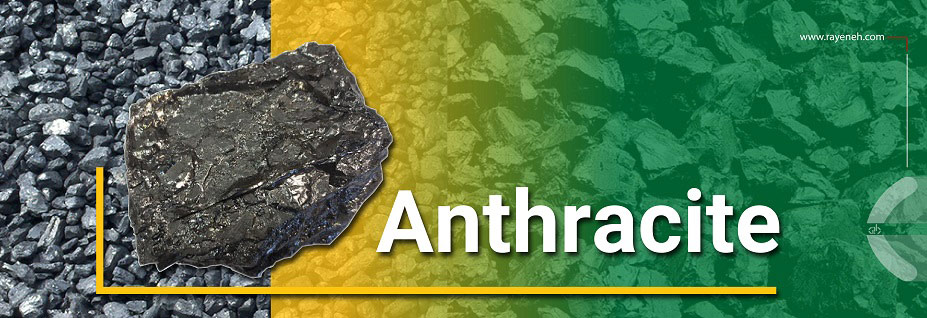
Anthracite is also known by other names such as hard coal, black coal or black diamond and is derived from the Greek word anthracite meaning “like coal”. It has the lowest amount of water and volatile compounds and the highest amount of carbon among different types of coal. For this reason, it is considered one of the best coal grades with high hardness.
The amount of carbon in anthracite is between 86 and 98%. Anthracite is hardly ignited and has a blue flame, short and smokeless. Its annual production is around 700 million tons in countries such as China, Russia, Ukraine, North Korea and South Africa.
Anthracite is one of the oldest compounds formed in the earth, which was formed under high pressure and heat in the depths of the earth and over many years. Anthracite is considered the cleanest combustible coal in the world because it produces very little smoke while burning high heat.
The difference between active carbon and anthracite for water purification is that it is not possible to clean active carbon with reverse washing in the filters, but anthracite is usually easily cleaned in the sink.
Characteristics
| The appearance | Dark solid |
| Carbon Min | 73% |
| Max humidity | 15% |
| volatile components | 10% |
Packing
Anthracite is supplied in jumbo bag packages weighing one ton or in 25, 40, 50 kg packages according to the needs of customers.
Jumbo bag packages are equipped with 4 straps for ease of transportation, and in addition to the outer layer, there is a transparent nylon layer inside to prevent the entry of water and polluting substances.
Application
- Heating and energy production
- Water purification
- Metallurgy as a substitute for coke
